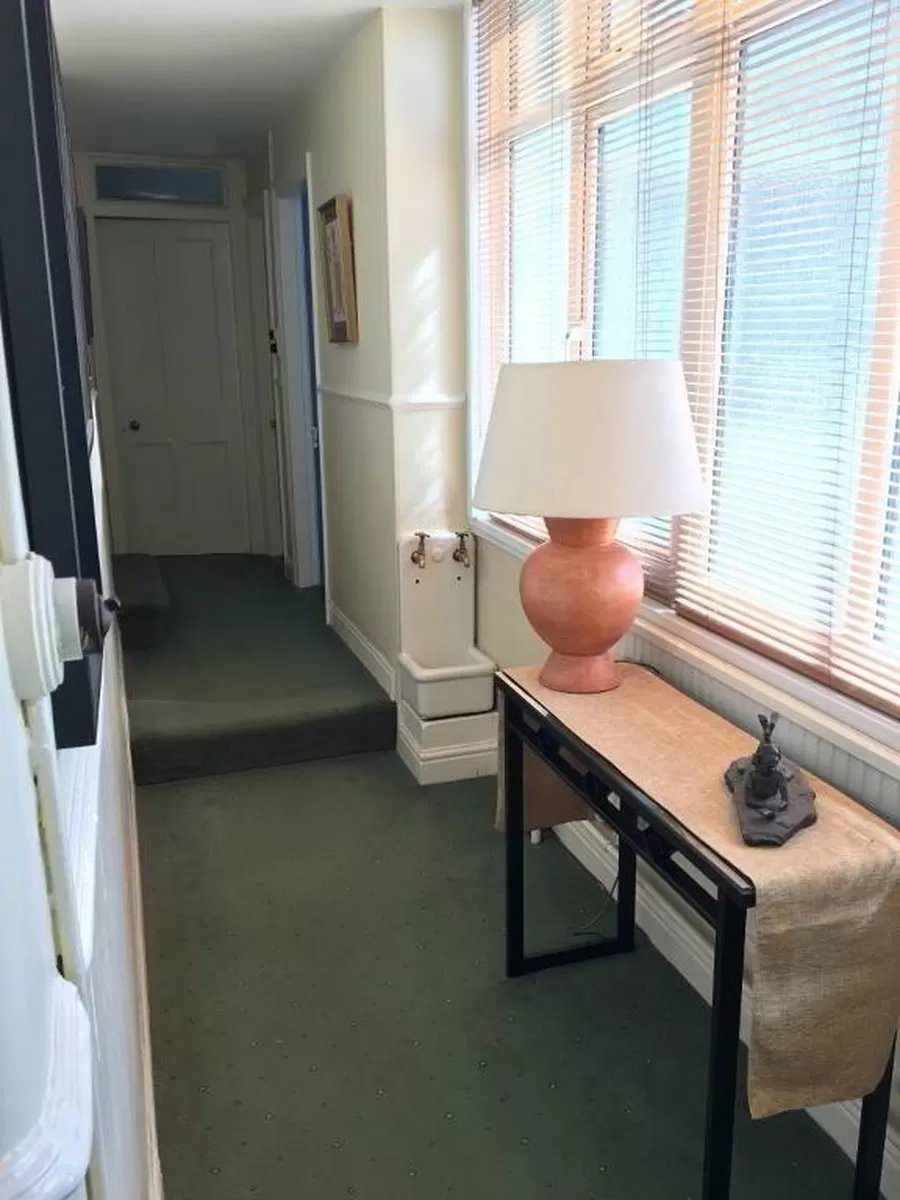As I wander through the corridors of historic buildings, a particular architectural feature consistently captures my attention—a small sink discreetly nestled in a corner. Initially, I was puzzled by its purpose, intrigued by its quaint and charming presence. After some research and exploration, I discovered that this unassuming fixture is known as a “mop sink.” Its practical and functional design has endured over time, serving as an invaluable aid in maintaining cleanliness and order.

Encountering this vintage detail evokes a profound connection to the past. It’s as though these sinks silently narrate tales of diligent housekeepers and the challenges they faced in upkeeping households decades ago. The mop sink stands as a mute witness to the bustling activities of a bygone era, reflecting the evolution of domestic chores and the ingenuity employed to manage them.
Understanding the Mop Sink
So, what exactly is a mop sink, and why was it considered a valuable addition to homes? Envision the daily tasks of maintaining a spotless home in the past; these chores were far from the effortless routines we might experience today. A mop sink was ingeniously designed to assist in the cleaning process. It provided a designated area to clean and rinse mops, buckets, and other cleaning tools, thereby preventing messes in the main living spaces. This thoughtful design not only streamlined cleaning but also upheld the home’s overall hygiene.
Alleviating the Housekeeper’s Workload
Imagine being a housekeeper in the past, tasked with scrubbing and cleaning various surfaces using heavy buckets of water and soapy mops. The mop sink must have been a hidden blessing, significantly easing the cleaning routine. With a dedicated space to clean tools, the housekeeper could maintain cleanliness without tracking dirt and water throughout the house. This innovation not only saved time but also reduced physical strain, highlighting the practical wisdom of earlier domestic designs.
@alexandramckayam Now you know ☺️ #mopsink #viral #canadiancheck #minisoPentaClaus #toddlersbelike #thisiswhywecanthavenicethings #farmhouseliving #farmhouse #newhousecheck #ontariocanada ♬ Splish Splash – Bobby Darin
Mop Sink vs. Butler’s Sink
While the terms “mop sink” and “butler’s sink” are sometimes used interchangeably, subtle differences distinguish the two. A butler’s sink, also known as a Belfast sink, is typically wider, larger, and deeper compared to the modest mop sink. Butler’s sinks were often used for more general tasks, including washing dishes and even bathing children. In contrast, mop sinks were specialized fixtures intended exclusively for cleaning purposes. This distinction underscores the tailored functionalities within historical household designs, reflecting a nuanced approach to domestic efficiency.
The Mop Sink’s Enduring Relevance
Learning about the history and purpose of the mop sink fosters an appreciation for its timeless utility. Despite advancements in cleaning technology, this simple fixture retains its relevance. Encountering a mop sink in an old building now offers insight into its original purpose, allowing for its continued use in cleaning tools and maintaining tidiness. This enduring functionality speaks to the durability and foresight embedded in historical domestic architecture.
A Glimpse into Household Management History
The unassuming mop sink, with its enchanting presence, unveils a rich history of household management and cleaning practices. Its role in easing the lives of housekeepers stands as a testament to thoughtful design that has withstood the test of time. Continuing to explore old buildings with an eye for these vintage gems enhances our understanding of the past, allowing us to appreciate the evolution of domestic conveniences. Each mop sink encountered serves as a tangible link to the ingenuity and practicality of earlier eras, enriching our connection to history.





